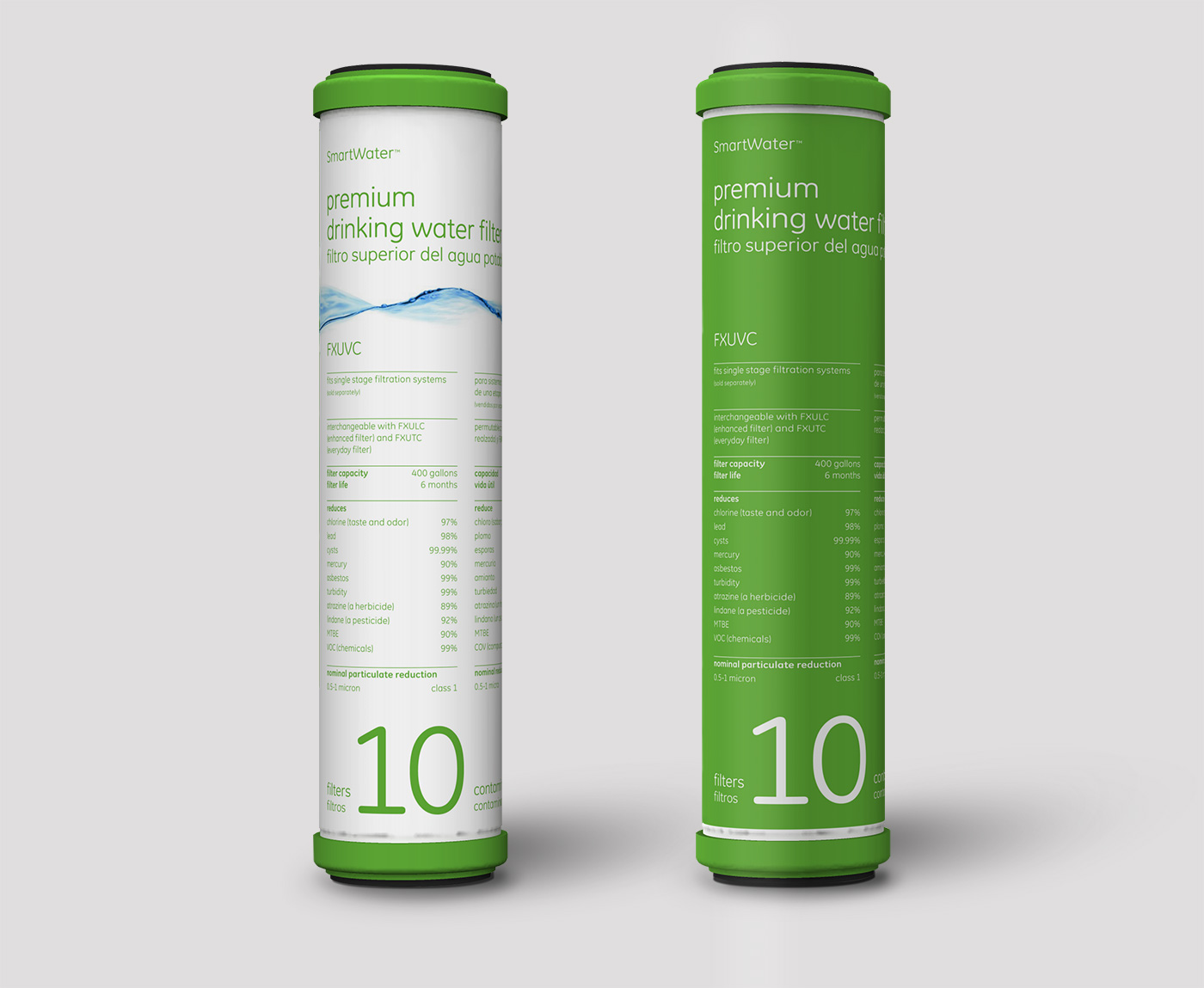During 1889, Thomas Edison had business interests in many electricity-related companies, including Edison Lamp Company, a lamp manufacturer in East Newark, New Jersey; Edison Machine Works, a manufacturer of dynamos and large electric motors in Schenectady, New York; Bergmann & Company, a manufacturer of electric lighting fixtures, sockets, and other electric lighting devices; and Edison Electric Light Company, the patent-holding company and the financial arm backed by J. P. Morgan and the Vanderbilt family for Edison’s lighting experiments.
In 1889, Drexel, Morgan & Co., a company founded by J.P. Morgan and Anthony J. Drexel, financed Edison’s research and helped merge those companies under one corporation to form Edison General Electric Company, which was incorporated in New York on April 24, 1889. The new company also acquired Sprague Electric Railway & Motor Company in the same year. The consolidation did not involve all of the companies established by Edison; notably, the Edison Illuminating Company, which would later become Consolidated Edison, was not part of the merger.
In 1880, Gerald Waldo Hart formed the American Electric Company of New Britain, Connecticut, which merged a few years later with Thomson-Houston Electric Company, led by Charles Coffin. In 1887, Hart left to become superintendent of the Edison Electric Company of Kansas City, Missouri. General Electric was formed through the 1892 merger of Edison General Electric Company of New York, and Thomson-Houston Electric Company of Massachusetts, with the support of Drexel, Morgan & Co. Both plants continue to operate under the GE banner to this day.
During 1889, Thomas Edison had business interests in many electricity-related companies, including Edison Lamp Company, a lamp manufacturer in East Newark, New Jersey; Edison Machine Works, a manufacturer of dynamos and large electric motors in Schenectady, New York; Bergmann & Company, a manufacturer of electric lighting fixtures, sockets, and other electric lighting devices; and Edison Electric Light Company, the patent-holding company and the financial arm backed by J. P. Morgan and the Vanderbilt family for Edison’s lighting experiments.
In 1889, Drexel, Morgan & Co., a company founded by J.P. Morgan and Anthony J. Drexel, financed Edison’s research and helped merge those companies under one corporation to form Edison General Electric Company, which was incorporated in New York on April 24, 1889. The new company also acquired Sprague Electric Railway & Motor Company in the same year. The consolidation did not involve all of the companies established by Edison; notably, the Edison Illuminating Company, which would later become Consolidated Edison, was not part of the merger.
In 1880, Gerald Waldo Hart formed the American Electric Company of New Britain, Connecticut, which merged a few years later with Thomson-Houston Electric Company, led by Charles Coffin. In 1887, Hart left to become superintendent of the Edison Electric Company of Kansas City, Missouri. General Electric was formed through the 1892 merger of Edison General Electric Company of New York, and Thomson-Houston Electric Company of Massachusetts, with the support of Drexel, Morgan & Co. Both plants continue to operate under the GE banner to this day.
During 1889, Thomas Edison had business interests in many electricity-related companies, including Edison Lamp Company, a lamp manufacturer in East Newark, New Jersey; Edison Machine Works, a manufacturer of dynamos and large electric motors in Schenectady, New York; Bergmann & Company, a manufacturer of electric lighting fixtures, sockets, and other electric lighting devices; and Edison Electric Light Company, the patent-holding company and the financial arm backed by J. P. Morgan and the Vanderbilt family for Edison’s lighting experiments.
In 1889, Drexel, Morgan & Co., a company founded by J.P. Morgan and Anthony J. Drexel, financed Edison’s research and helped merge those companies under one corporation to form Edison General Electric Company, which was incorporated in New York on April 24, 1889. The new company also acquired Sprague Electric Railway & Motor Company in the same year. The consolidation did not involve all of the companies established by Edison; notably, the Edison Illuminating Company, which would later become Consolidated Edison, was not part of the merger.
In 1880, Gerald Waldo Hart formed the American Electric Company of New Britain, Connecticut, which merged a few years later with Thomson-Houston Electric Company, led by Charles Coffin. In 1887, Hart left to become superintendent of the Edison Electric Company of Kansas City, Missouri. General Electric was formed through the 1892 merger of Edison General Electric Company of New York, and Thomson-Houston Electric Company of Massachusetts, with the support of Drexel, Morgan & Co. Both plants continue to operate under the GE banner to this day.

